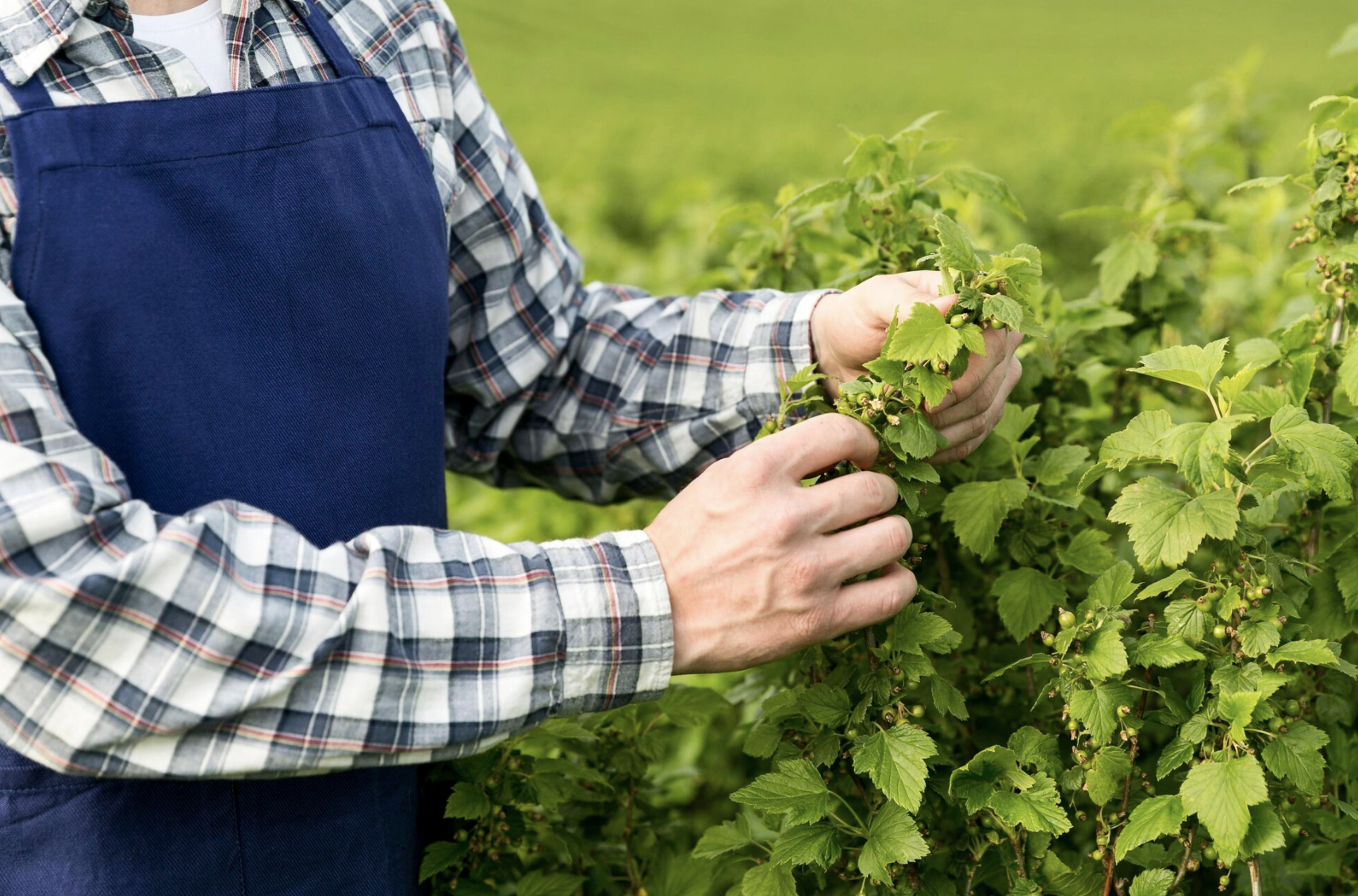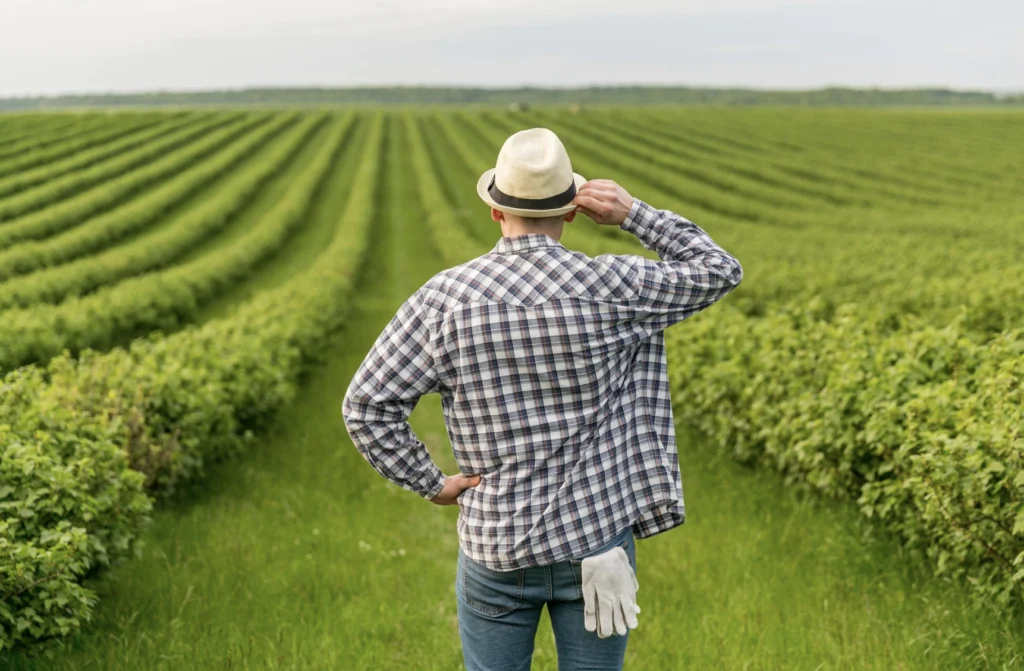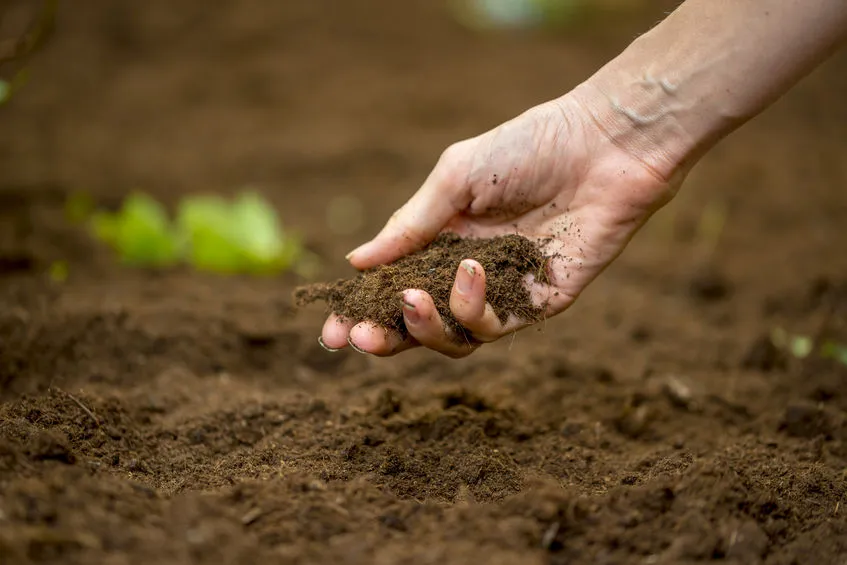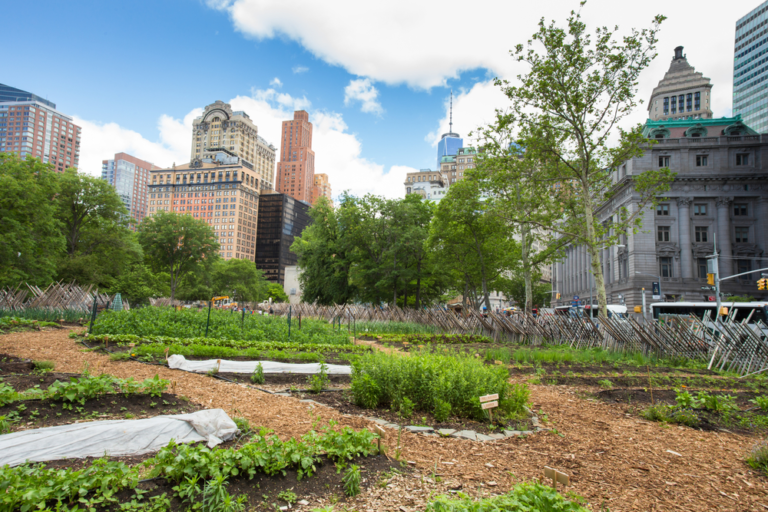How to Care for Your Soil Naturally — A Friendly Guide for Farmers and Growers
How to Care for Your Soil Naturally

Hello, friend! If you’re reading this, you’re probably someone who loves to grow things. Maybe you’re a farmer with acres of land, or maybe you just planted your first herbs in a pot on the balcony. Either way, you’ve already taken the first step toward something powerful: connecting with the earth.
But here’s something many of us overlook: the life beneath our feet — the soil.
Soil Is Alive — Treat It That Way
Soil isn’t just “dirt.” It’s a living ecosystem filled with bacteria, fungi, earthworms, and thousands of other tiny helpers.
Think of it like your gut. When the biology is balanced, everything else functions better — crops grow stronger, water drains properly, and pests are less of a problem.
👉 Scientists refer to this as soil health. Want to go deeper? Here’s a helpful read from the USDA:
🔗 USDA – Soil Health Overview
2. Feed Your Soil with Organic Matter
What you put into your soil is just as important as what you grow in it.
Adding organic materials like compost, aged manure, leaf mulch, or even kitchen scraps can completely transform tired soil into a thriving, fertile home for your plants.
Fun fact: Studies show that using compost improves soil structure, nutrient availability, and microbial activity. (NRDC Source)

3. Cover It — Always
Bare soil is vulnerable soil. Wind and water can erode it, while sunlight can dry out its nutrients.
That’s why cover crops (like rye, clover, or buckwheat) are so valuable — they hold the soil in place, prevent weeds, and even add nutrients back into the earth.
💡 The nonprofit SARE offers a great guide on how cover crops work:
🔗 SARE – Cover Crops and Soil Health
4. Rotate Your Crops
If you keep planting the same thing in the same spot every year, your soil will get tired — just like we do when we don’t get enough sleep.
Crop rotation:
- Reduces the risk of soil-borne diseases
- Balances nutrient use
- Breaks pest and weed cycles
5. Avoid Over-Tilling
It might feel satisfying to turn over your soil, but doing it too often can destroy the delicate life web underneath.
Try using no-till or low-till methods when possible. These methods:
- Keep beneficial organisms intact
- Preserve moisture
- Improve structure naturally over time
6. Water the Right Way
Overwatering can flush nutrients out of the soil. Underwatering stresses both the soil and your crops.
✅ Best practices:
- Water early in the morning
- Use drip irrigation or soaker hoses
- Mulch to reduce evaporation


